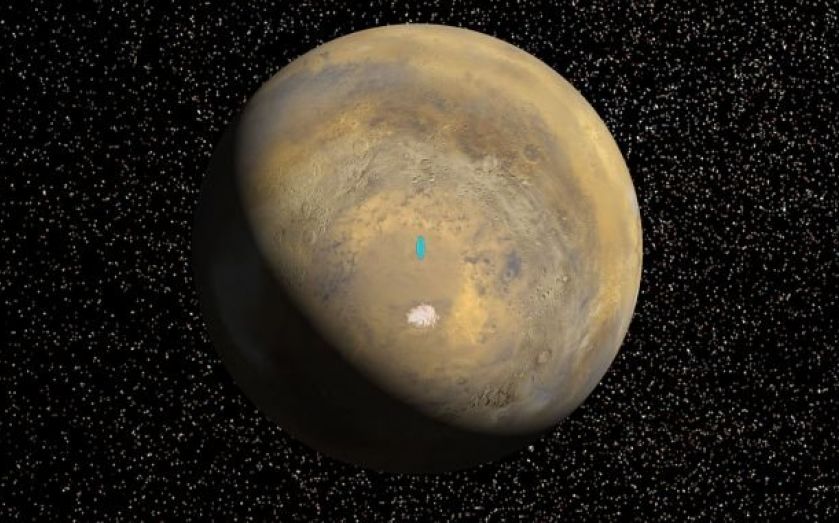| Updated:
Asian space race: India beats China to Mars, and for less than making the film Gravity

In the 1950s and 1960s the US and Russia battled it out to be the first country to make it to the moon. Now, the space race has shifted its attention to our neighbouring planet, Mars.
The US, Russia and Europe have already successfully put spacecraft in orbit around the Red Planet. As of this morning India became the fist Asian country to join them after its Mangalyaan satellite entered orbit.
This puts India top in what has been dubbed the “Asian space race”.
The world's second most populous nation has been competing closely with China to be the first to make it to Mars, and Indian Prime Minister Narendra Modi aims to establish India as an increasingly important player in the £200bn space technology market.
Not only that, but India has become the first nation to send a satellite into orbit around Mars on its first attempt. “We have gone beyond the boundaries of human enterprise and innovation,” said Modi as scientists celebrated. “We have navigated our craft through a route known to very few."
All that and for a fraction of the cost of other space agencies. In fact the frugality of the Indian Space Research Organisation meant the team was able to do it for just £74m – considerably less than any other Mars mission to date.
To put that into context the European Space Agency's 2003 Mars Express Orbiter mission cost $386m while NASA's Maven mission cost $671m. Even Japan's failed attempt cost more than twice as much, at $189m.
It's not just real space missions that have been more expensive than Mangalyaan, either – Hollywood films about space cost more to create.
The 2013 box office hit Gravity, in which Sandra Bullock and George Clooney find themselves stranded in space after their space shuttle is destroyed, cost $110m.
But why are all these countries focusing on the same planet – what is the rush?
Mars is a particularly exciting prospect because scientists have reason to believe there may once have been life there. Together, the missions are gathering information about the conditions on the Red Planet in order to shed more light on the matter and help us understand whether humans might be able to migrate there once the Earth becomes too hot to sustain life.
India’s orbiter carries cameras and a sensor to measure methane gas, since evidence of methane gas will give clues about the presence of life forms.